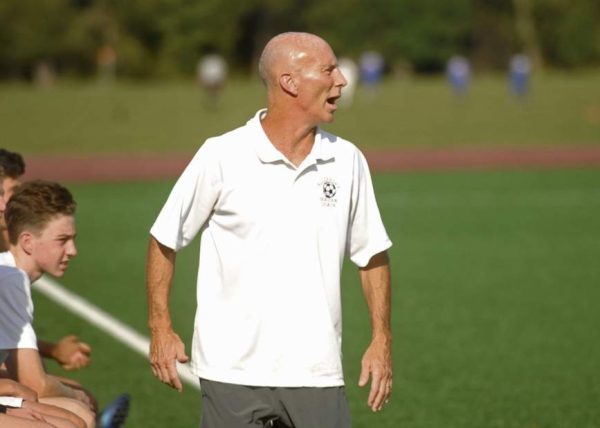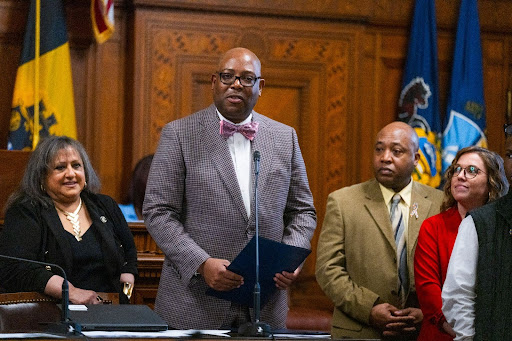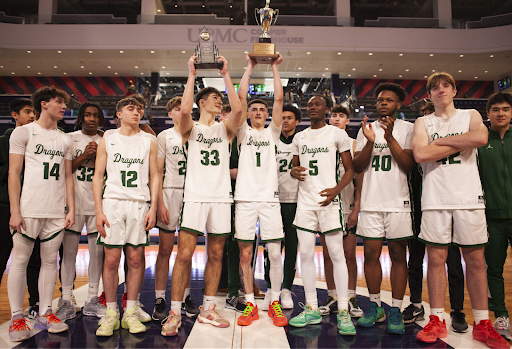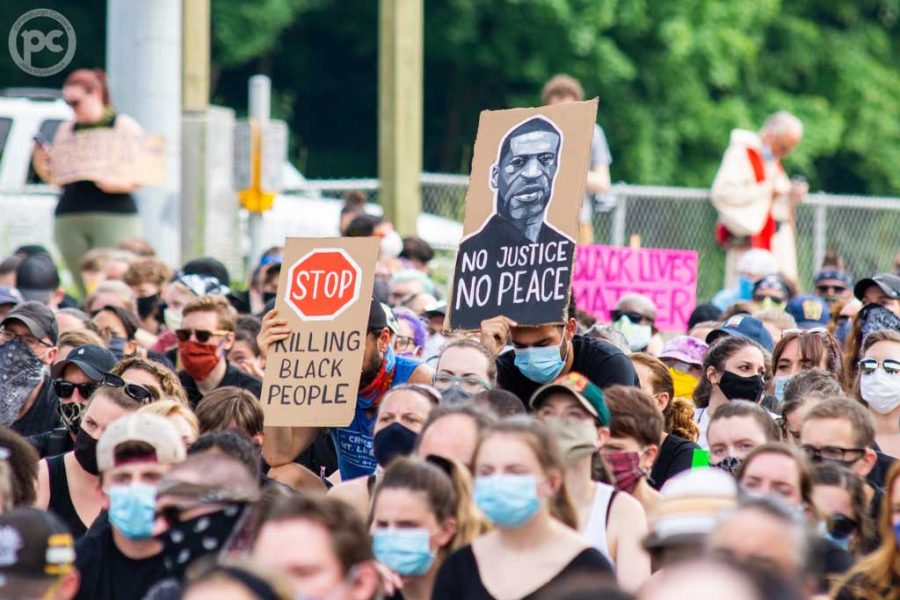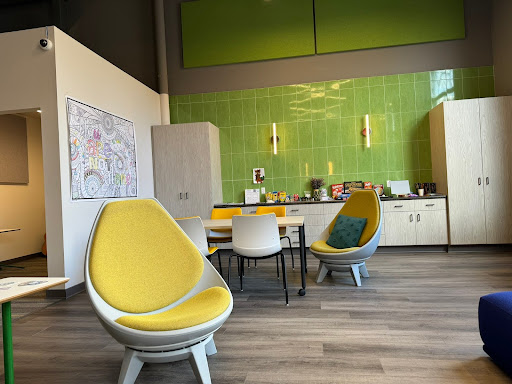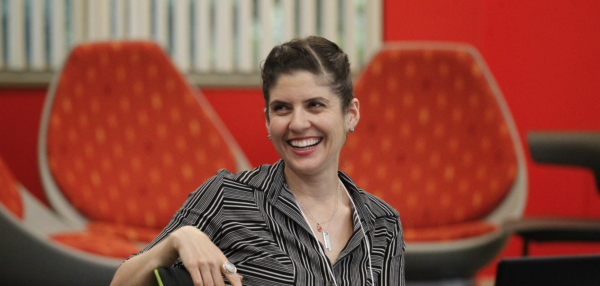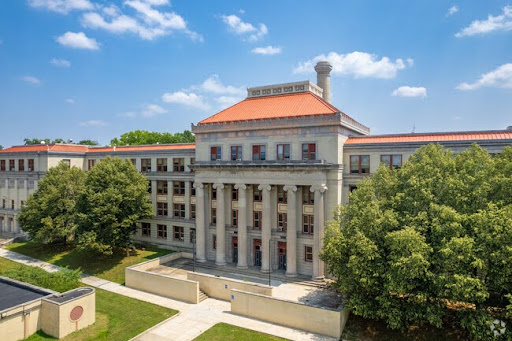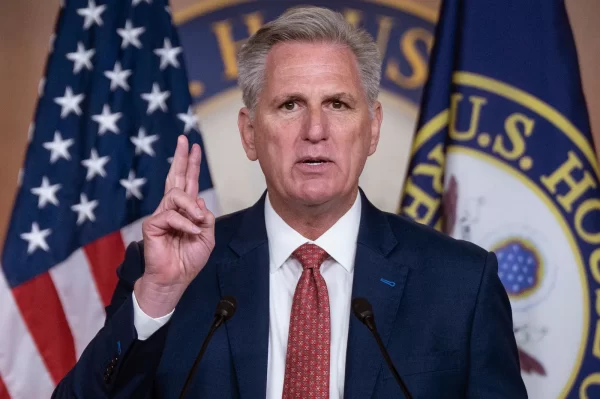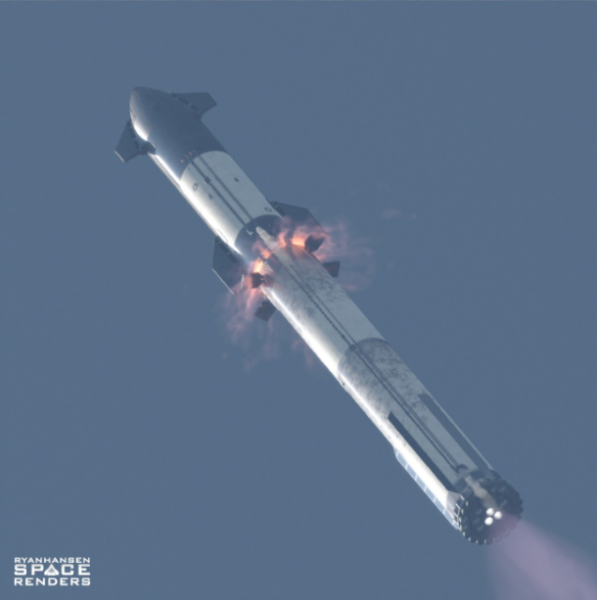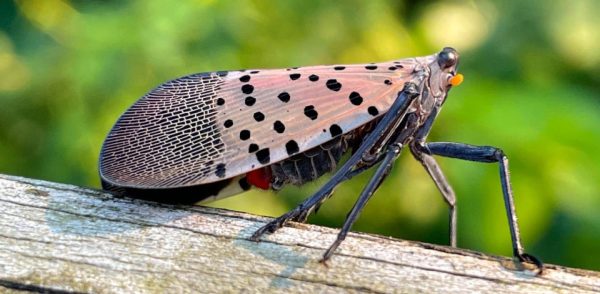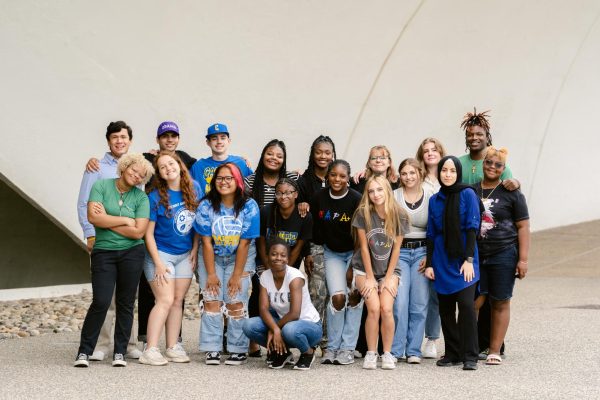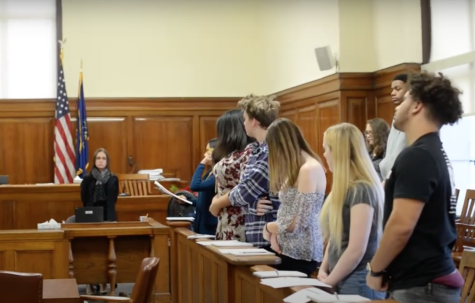An Overview of BLM Protests in Pittsburgh
Protesters for the Black Lives Matter movement take to the streets in Pittsburgh
The brutal murder of George Floyd on May 25th, 2020 led to the outbreak of hundreds of protests across the nation, and eventually internationally, under the banner of Black Lives Matter or BLM. These protests happened all across the nation from small rural towns in the South to major metropolitan cities along the West Coast and eventually became the biggest protest movement in the history of the United States. It’s hard to say why these protests were so large but it likely has to due with a couple of factors: 1) The growing anger towards police brutality within the national consciousness especially due to the deaths of Breonna Taylor and Ahmaud Arbery and 2) the fact that millions of Americans had lost either lost their jobs, had to stay at home due to the lockdown, or had just gotten out of school due to it being summer and now had the ability to go out to these protests in ways that they probably couldn’t have had if they were still working.
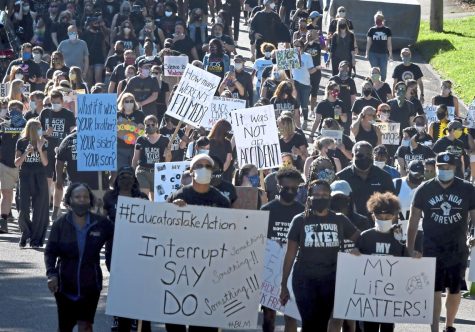
It was no surprise when the BLM movement spread to Pittsburgh, a city that not only has a violent history of racist police brutality but also a history of massive citywide movements that reacted to this brutality. The first protest in Pittsburgh on May 30th brought out more than 3,000 people to downtown all of whom were calling for justice for George Floyd and Breonna Taylor. The march went as planned for about 2 hours until it came to the PPG Paints Arena and crossed paths with an empty police vehicle which resulted in several protesters attacking the police car, eventually setting it on fire. After this fire was started the police immediately began to crack down on the protesters with the use of their horses and tear gas and eventually the protest became a riot as people attempted to escape the police.
The result of this first protest was felt throughout the city. For the first half of the summer, many of the businesses downtown became boarded up in fear of other protests happening that could result in rioting and looting of those businesses. The riot that the first protest became also likely scared many, as the following protest to happen immediately after the first one had at maximum around 500—much smaller than the 3,000 that arrived at the first one. The most major impact of the first protest was that it put a fire under the feet of the BLM movement in Pittsburgh and a recognition that in order for these protests to be successful and last long in the city there needed to be some sort of organizing force behind them.
This was only proven again at the 2nd major protest in the city. This protest happened in East Liberty on June 1st and was pretty well-attended, but after many of the protesters left and a small group of them were left, the police confronted them, attacking them with rubber bullets, tear gas, and various other weapons. Mayor Bill Peduto seemingly automatically sided with the police and their story of trying to quell and dispersed violent protesters which directly contradicted the evidence of what actually went down on that day. This protest proved once again to the BLM movement in Pittsburgh that starting an organization was necessary not only to make protests function well but also to keep protesters safe.
So groups began to emerge to answer this need for better organization. The 3 most prominent being Black Young & Educated (BYE), Trans United, and a collective of various Black activists unaffiliated with any specific organization. While these groups all had distinct focuses, many of them shared the same tactics in organizing protests and would often work together with one another.
BYE started as a Black youth-led group focused on amplifying and encouraging the voices of young Black artists within Pittsburgh. When Starr Wasler, a Senior at Taylor Allderdice and member of BYE, was asked to join BYE by one of its leaders, Nick, she quickly became a part of one of one of the most important organizations within the Pittsburgh BLM protest. “I think BYE was very impactful, not only because we were consistent [BYE hosted weekly protests called Civil Saturdays in different locations across the city] but also because we gave a voice and a platform to those who had never felt or been heard before.”.
But as the Civil Saturdays came to an end, so did the BLM movement within Pittsburgh. While there are still people protesting right now much of the energy has gone away from it due to a number of factories including young people—who made up a lot of the protesters—starting school, energy being taken away from BLM as the election began, and various other factors.
It is clear that for many, the fight is nowhere over and as we see protests begin to happen again in the city because of the election it is possible that the lessons we have learned for BLM in Pittsburgh will create a bigger upcoming struggle for a better city as a whole.

